La Cucina (라 쿠치나)
4.4Km 2019-08-01
10, Hoenamu-ro 44ga-gil, Yongsan-gu, Seoul
+82-2-794-6005
La Cucina, located across from the main gate of the Grand Hyatt Seoul, is an Italian restaurant that opened in 1990. The kitchen of the restaurant is divided into five different sections each offering its own carefully selected cuisine. The main menu includes lobster spaghetti, Mediterranean seafood spaghetti and grilled lamb.
The restaurant offers over 700 bottles of wine from its cellar located in the basement of the restaurant. An in-house sommelier will assist you in choosing the best wine. At night, you may enjoy a fantastic view of the Namsan Seoul Tower while dining out on the terrace.
Seoul Gyeonggyojang (서울 경교장)
4.4Km 2021-06-22
29, Saemunan-ro, Jongno-gu, Seoul
+82-2-735-2038
Situé a Pyeong-dong, Jongno-gu, Seoul, c’est
un lieu historique ayant servi de bureau et lieu de résidence de Kim Gu, indépendantiste
et chef du gouvernement provisoire coréen, depuis son retour de Chine de
novembre 1945 jusqu’à son assassinat le 26 juin 1949. Avec le Ihwajang de Lee
SeungMan et le Samcheongjang de Kim GyuShik, Gyeonggyojang fait partie des 3
lieux qui ont vu la naissance de la fondation de la République de Corée. Choi
ChangHak, exploitant de mine d’or, bâtit cette maison au style architectural japonais
de 875m² (un sous-sol, et
deux étages en surface) sur un terrain de 5 235m² et la nomma Jukcheomjang. Après la date
d’indépendance du 15 août, Choi ChangHak offra cette résidence à Kim Gu qui
renomma cette demeure au nom japonais par le nom Gyeonggyojang tiré du nom d’un
pont se situant à proximité. En 1968 l’hôpital Goryeo, actuel Gangbuk Samsung,
racheta cette résidence pour l’intégrer dans son centre hospitalier.
Forêt de Séoul (서울숲)
4.4Km 2024-12-19
273, Ttukseom-ro, Seongdong-gu, Seoul
+82-2-460-2905
La forêt de Séoul désigne un parc en ville inauguré le 18 juin 2005 sur un site qui était auparavant consacré au traitement des eaux. Constitué de 4 parcs thématiques sur une surface totale de 595,000 ㎡, la forêt de Séoul est une zone écologique appréciée non seulement des citadins mais aussi des touristes à Séoul.
Passion 5 (패션5)
4.4Km 2020-02-26
272, Itaewon-ro, Yongsan-gu, Seoul
+82-2-2071-9505
Passion 5 is located near Hangangjin Station in Hannam-dong and is a premium dessert café & gallery launched by SPC Group. The Passion 5 bakery brings a whole new culture of after-dining, providing customers with a diverse selection of delicious desserts including hand-made chocolates and puddings. Visitors can enjoy their treats in a gallery atmosphere.
The name Passion 5 comes from the combining of five elements: the bakery, patisserie, chocolates and café. The final element is the passion of those who create the desserts. The desserts are exquisitely designed and each element has its own unique atmosphere. In addition to the wonderful items from the bakery, there are usually 300 to 400 dessert items to choose from including cakes, puddings and chocolates.
Grand Hyatt Seoul (그랜드 하얏트 서울)
4.4Km 2021-02-27
322, Sowol-ro, Yongsan-gu, Seoul
+82-2-797-1234
The Grand Hyatt Seoul is an international business hotel located 10 minutes away from the center of the city and 20 minutes away from Yeouido and Gangnam, boasting a view of the Hangang River to the south and the scenery of Namsan Mountain to the north. It is also located only 70 minutes and 50 minutes away from Incheon International Airport and Gimpo International Airport respecitvely, making the hotel a convenient option for international travelers.
Grand Hyatt Seoul has twelve restaurants and bars that serve authentic meals and develop menus that lead the culinery trend. The hotel is also equipped with conference rooms, sports facilities, and spa services.
KPOP HOTEL SEOUL STATAION BRANCH
4.4Km 2021-04-09
16-17, Huam-ro 60-gil, Jung-gu, Seoul
+82-10-8774-5231
K-Pop Hotel is only a 2-minute walk from Exit 10 of Seoul Station on Subway Lines 1 & 4. It’s conveniently located near a number of tourist destinations, since it’s a mere 10-minute walk from Sungnyemun Gate and only a 15-minute walk from Namsan Park. Gyeongbokgung Palace is only a 10-minute ride away, with Insa-dong located a mere 12 minutes away from the hotel. The 24-hour front desk provides express check-in and check-out services as well as a safe deposit box. Featuring Standard Double Rooms, Twin Rooms, and Family Rooms, the hotel is a great place to stay for business travelers and tourists traveling with friend or family. All the rooms are furnished with air conditioner, cable/satellite TV channels, flat screen TV, free Wi-Fi connection, and hair dryer. There is a rooftop terrace and a cafe where breakfast is served. The cafe is also furnished with kitchen, desktop computer, and washing machine, which can be shared among the guests. If you want to park your car more conveniently and quickly, notify the front desk of your arrival in advance.
Bicena (비채나)
4.5Km 2017-02-03
+82-2-749-6795
Bicena provides tasty Korean cuisine available only in Korea in a refined interior.
Musée agricole (농업박물관)
4.5Km 2022-08-03
16, Saemunan-ro, Jung-gu, Seoul-si
Le musée agricole a été inauguré en 1987 et a été réouvert en juillet 2005 après une période de rénovation. Le musée possède trois salles d’expositions : le hall de l’histoire de l’agriculture, le hall de la communauté agricole et le hall de la promotion de l’agriculture. Le musée expose 2 000 artefacts, ainsi que des reconstitutions de rizières, de maisons traditionnelles et de marchés de sociétés agricoles pour permettre aux visiteurs d’observer et de comprendre la vie des fermiers d’autrefois.
Patinoire du Grand Hyatt (그랜드하얏트 서울 하이스링크)
4.5Km 2019-06-14
747-7 Hannam-dong Yongsan-gu Seoul-si
+82-2-799-8113
La patinoire du Grand Hyatt Hôtel a été présenté dans un certain nombre de publicités télévisées coréennes et des drames. Il est particulièrement populaire auprès des couples que les lumières magnifiques de la patinoire de vue de la nuit, de la ville, la musique et lisse, il est très romantique.
Comme des Garçons (꼼데가르송)
4.5Km 2021-02-19
261, Itaewon-ro, Yongsan-gu, Seoul-si
+82-2-749-1153
Située à Hannam-dong, Séoul, la boutique phare de la marque avant-gardiste japonaise Comme des Garçons n’est pas un simple point de vente de mode mais plutôt un complexe culturel présentant la philosophie et les valeurs de la marque.
Comme le suggère son nom, Comme des Garçons croit en la chose suivante : « les femmes devraient toujours s’habiller comme les garçons ».
La boutique vedette présente le style de vie total de la marque, de la mode à la parfumerie et de l’art à la gastronomie. Le bâtiment possède une structure unique faisant penser à un tunnel et consistant en 5 zones de mode et plus d’une douzaine de lignes de produits à l’affiche.
En plus de ces zones de mode, la “Galerie Six”, espace dédié à l’art, ainsi que la Boulangerie Rose, boulangerie bio française, vous occuperont davantage.
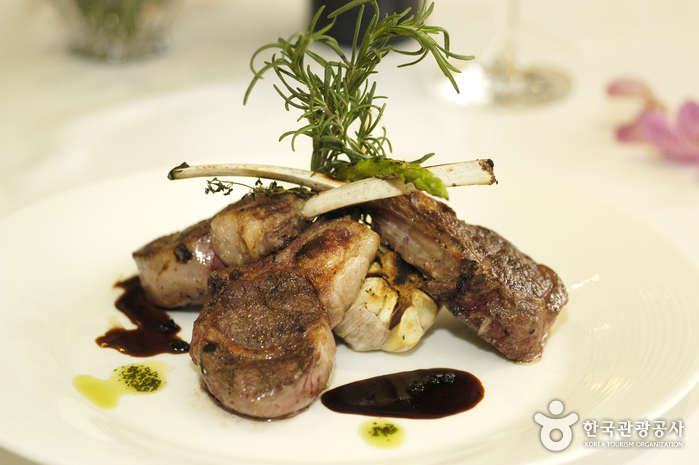
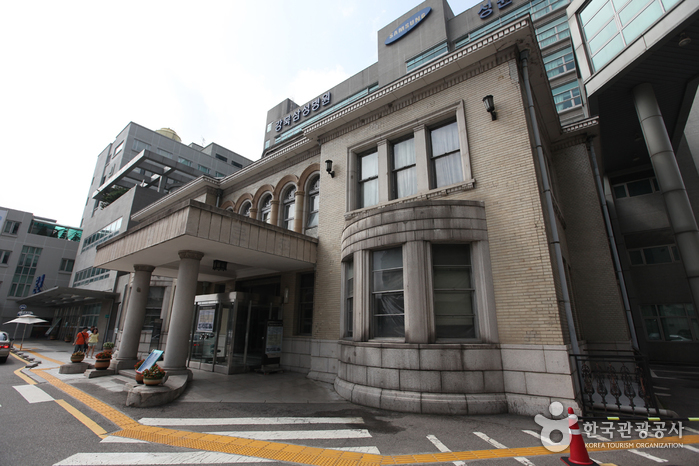
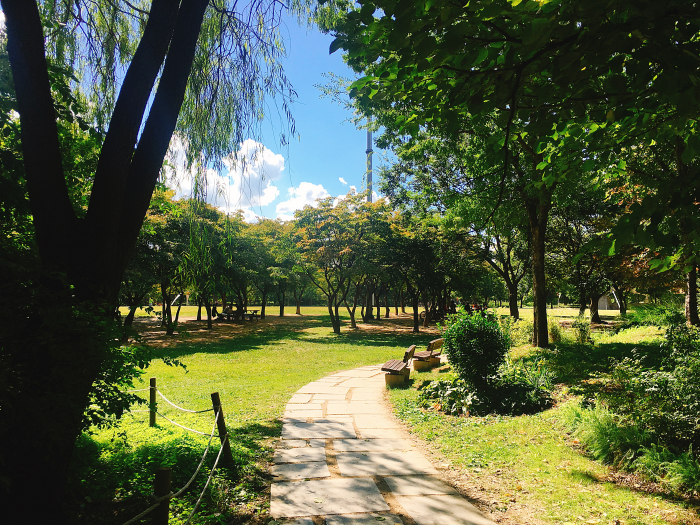
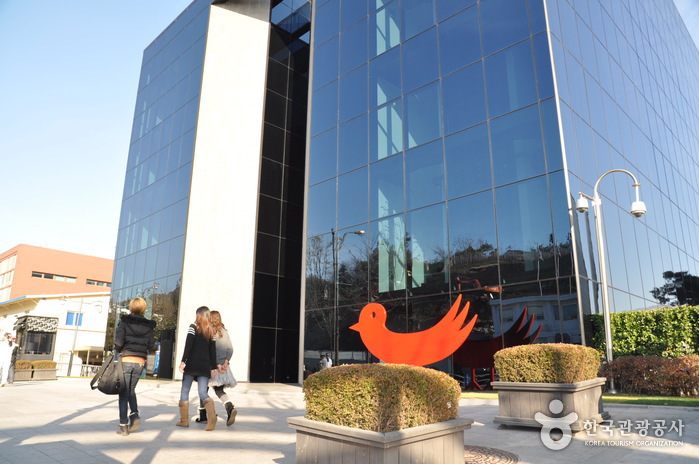

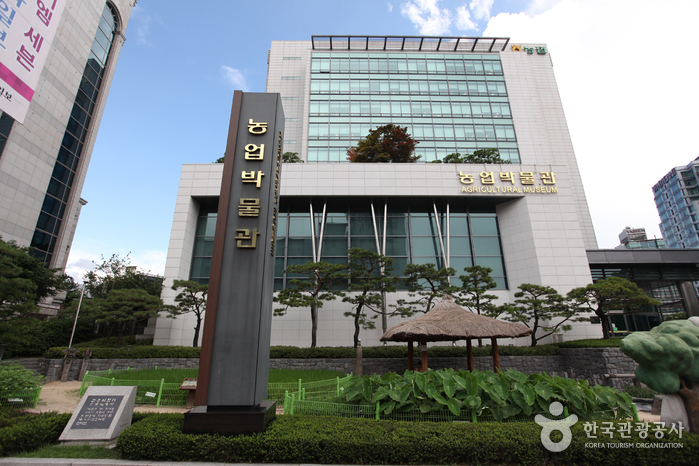
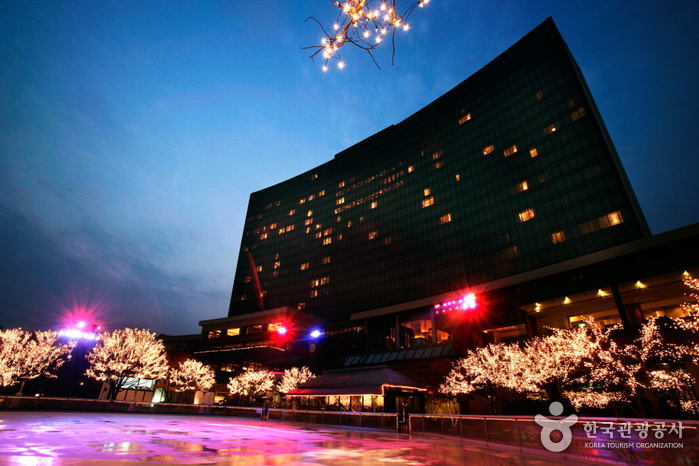
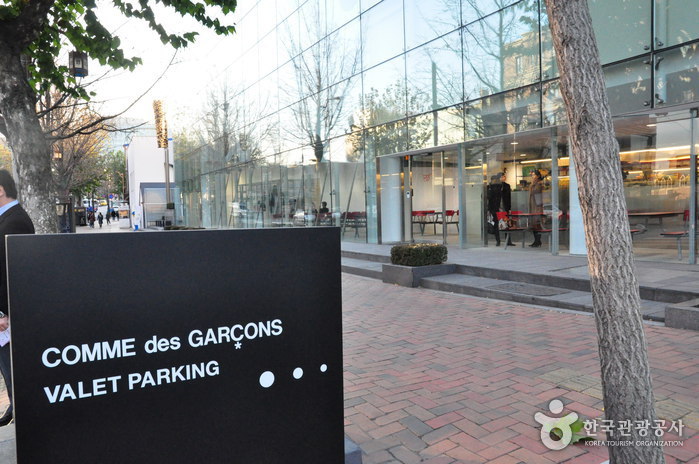
 Français
Français
 한국어
한국어 English
English 日本語
日本語 中文(简体)
中文(简体) Deutsch
Deutsch Español
Español Русский
Русский